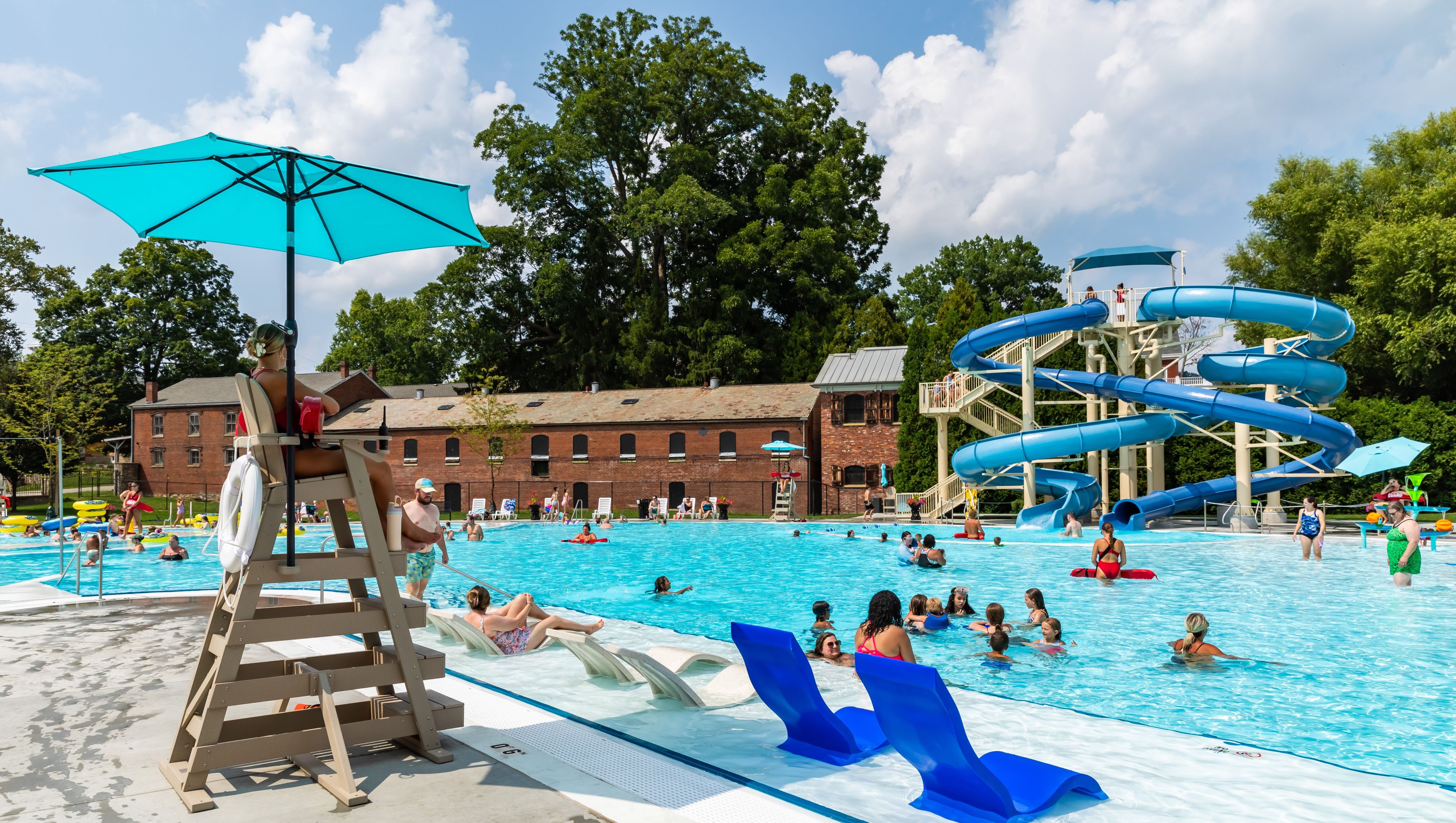As program manager for Abbey’s Hope, Alison Petri traditionally focuses her water-safety efforts on swimming pools.
The organization had been started because of the 2007 suction entrapment that took the life of the organization’s namesake, Abbey Taylor, and occurred in a pool.
When COVID-19 hit, prompting pool closures and halting swim lessons in 2020, drowning numbers in Minnesota spiked.
“Minnesota has averaged around the low 30s in drownings every year,” Petri explains. “In 2020, 2021 and 2022, the numbers were nearly double – in the mid to upper 50s.”
This time, as she learned, pools weren’t the biggest culprit.
Petri didn’t want to sit on the sidelines.
Her work to reduce drownings during this time taught us lessons about the importance of tailoring water-safety programs to the community and its environs, and the crucial role of local efforts to reduce drowning across the nation.
Taking action
During the drowning spike in 2020, Petri and a member of the local sheriff’s water patrol appear on local news almost every night to talk about the most recent drownings and ways families could prevent them.
But she wanted to do more. To start, she performed local research and found that most data recorded by the Department of Natural Resources in Minnesota represented open-water drowning, which largely occurs in lower-income communities. This made sense, as many children in Minnesota live within walking distance of open water.
She found one glaring barrier to drowning prevention in low-income Minnesota communities: Cost, with life jackets running approximately $30, and swim lessons about $120. This puts such safeguards out of reach for many low-income families. Making free swim lessons available and doing life jacket giveaways would address cost barriers, Petri figured.
As the aquatics community waited for swim lessons to reopen, Petri decided that Abbey’s Hope could focus on something more immediate by providing life jackets to local children. She ordered 75 life jackets and advertised a giveaway at a park. They were gone in 15 minutes, so Petri did another giveaway that year.
She continued to expand the project the following two years, calling it Project 2022, with the goal of giving away 2022 life jackets.
Petri enlisted help from the sheriff’s water patrol at giveaway events to weigh children, give out life jackets, and showcase the water patrol boats and state patrol helicopter. She hoped this not only would get life jackets in the right hands, but also create a bridge between the police and local community. The giveaways targeted lower-income families, and Petri realized that some of these children may not have seen the positive side of law enforcement. She wanted to provide them a better experience with police.
Since 2020, Petri and her team have given away almost 6,000 life jackets in Minnesota.
The giveaway also included an educational component for parents and their kids. When they received the life jacket, each child got on a scale so they could be properly fitted based on weight. This was meant to show parents the importance of a proper fit — knowing the child’s weight, then checking the fit around the chest to ensure a life jacket is safe and secure.
Addressing risk factors
Petri also hoped to impress upon the community that life jackets are vital even beyond local age requirements.
In Minnesota, children up to 11 must wear a life jacket when in a boat. But they continue to run the risk of drowning at age 12 and older, Petri points out. She reached out to fourth and fifth graders with giveaways to help them understand why life jacket are important while boating at any age.
“Swimming is only part of the equation of safety in open water,” she emphasizes. “There are other factors, and it’s amazing how a life jacket handles the safety for the person wearing it.”
To reduce drownings in a community, Petri advises that organizations look from the inside out to understand where and how local children are drowning and how to address that directly, while making sure to recognize obstacles.
She also notes that many drowning-prevention discussions look at urban areas, which can differ greatly from rural areas, where people don’t have access to a pool and may primarily be swimming in open water.
“How do we get swim lessons and lifeguards to our open water areas in the more rural parts of our country? It’s something that I think everybody in drowning prevention needs to look at … ” Petri says.



